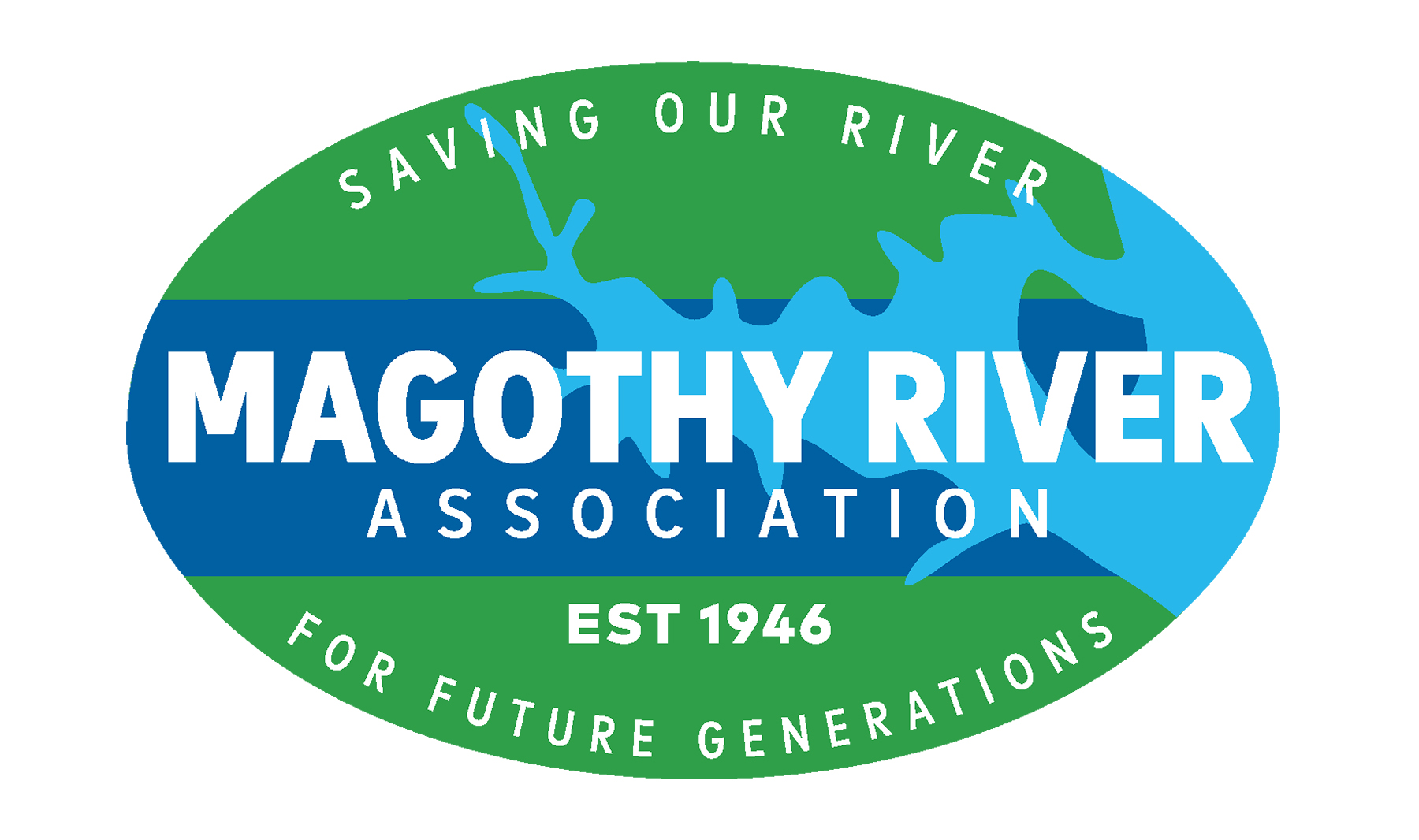Main Features and History
The mouth of this creek can be recognized by the overhead cable, and the
totem pole at the Girl Scout Camp (Camp Whippoorwill) on the point
south of the mouth. This creek resembles Cattail Creek, almost across
from it on the south shore, in length and number of bends in the tidal
portion. Its tidal portion was dredged in 199X.
As you move downriver from Cockey Creek, you will pass the entrance to
Ross Cove, which is quite narrow. Ross Cove is larger than many of these
“hidden coves” on the Magothy. The next cove as you move downriver is
Swan Cove, which is open to the river, then a larger open cove (NAME?)
just upriver from North Ferry Point.
Water Quality
Anne Arundel citizen monitoring–
MRA sampled a station at the mouth of this creek from 1992 to 1996,
called MR2. The water quality was better than would be expected from the
narrowness of the river at this point.
Living Resources
SAV: There are sparse horned pondweed beds scattered along Cockey
Creek. As you reach the upper limit of navigation by boat, the horned
pondweed becomes denser and much more extensive. There may be other
species mixed in with it, but it would be hard to see them in the dense
vegetation.
The shore outside Ross Cove was the point farthest upriver that had
widgeongrass in 1999. Widgeongrass has been spreading upriver for
several years. Swan Cove had widgeongrass with some redhead grass in
1999, the farthest upriver that redhead grass was found on the north shore
that year. The next cove downriver had very tall and dense horned
pondweed around the piers, with shorter widgeongrass closer to shore, an
unusual pattern.
Non-Tidal
There are east and west branches of the non-tidal portion, which join just
above the tidal portion. The west branch drains the Jacobsville Recreation
Area. Neither branch crosses Mountain Road
